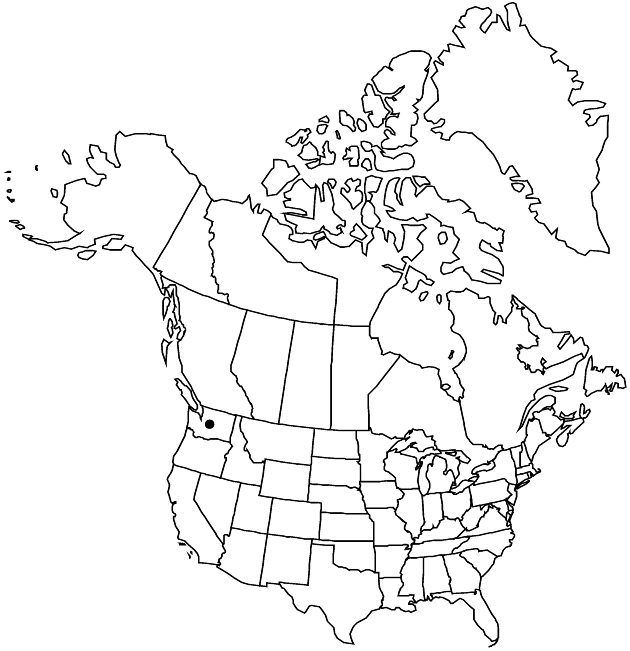Erigeron piperianus
Brittonia 6: 197. 1947.
Perennials, (3–) 6–12 cm; taprooted, caudices usually branched. Stems erect (distinctly white in proximal portions), usually strigose at least on distal 1/2, sometimes strigoso-hirsute or mixed-hispid, minutely glandular. Leaves mostly cauline (proximal internodes elongate; petioles prominently ciliate, hairs spreading, thick-based); blades linear to linear-oblanceolate, 20–40 × 1–1.5 mm (on proximal 1/2–2/3 of stems), (bases relatively thin, not sheathing) margins entire, hispido-ciliate, faces strigose. Heads 1. Involucres 3.5–4 × 5–10 mm. Phyllaries in 2–3 series, hirsuto-villous, sometimes minutely glandular. Ray-florets 25–40; corollas yellow, drying dark yellow (sometimes fading on drying and appearing whitish or creamy), 4–9 mm, laminae coiling. Disc corollas 2.5–3 mm. Cypselae 1.6–1.8 mm, 2-nerved, faces sparsely strigose; pappi: outer of setae, inner of 15–25 bristles.
Phenology: Flowering May–Jun.
Habitat: Dry, open places, level to moderate slope, commonly with sagebrush, usually undisturbed, sometimes grazed and/or burned, sites
Elevation: (100–)200–400(–700) m
Discussion
Selected References
None.
